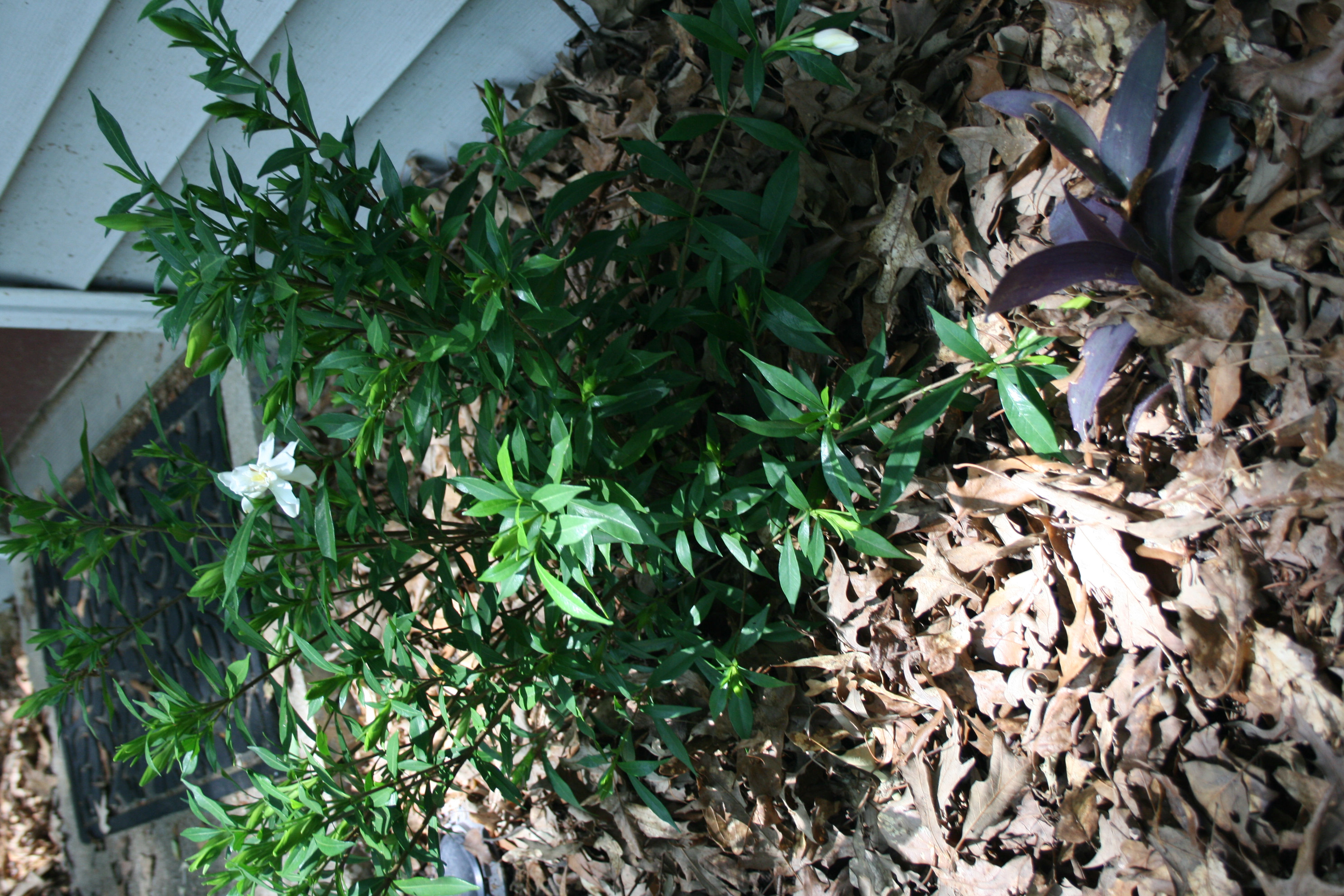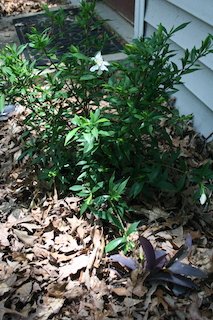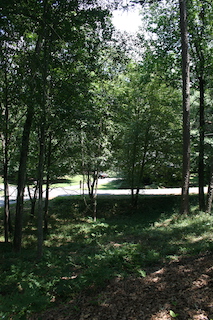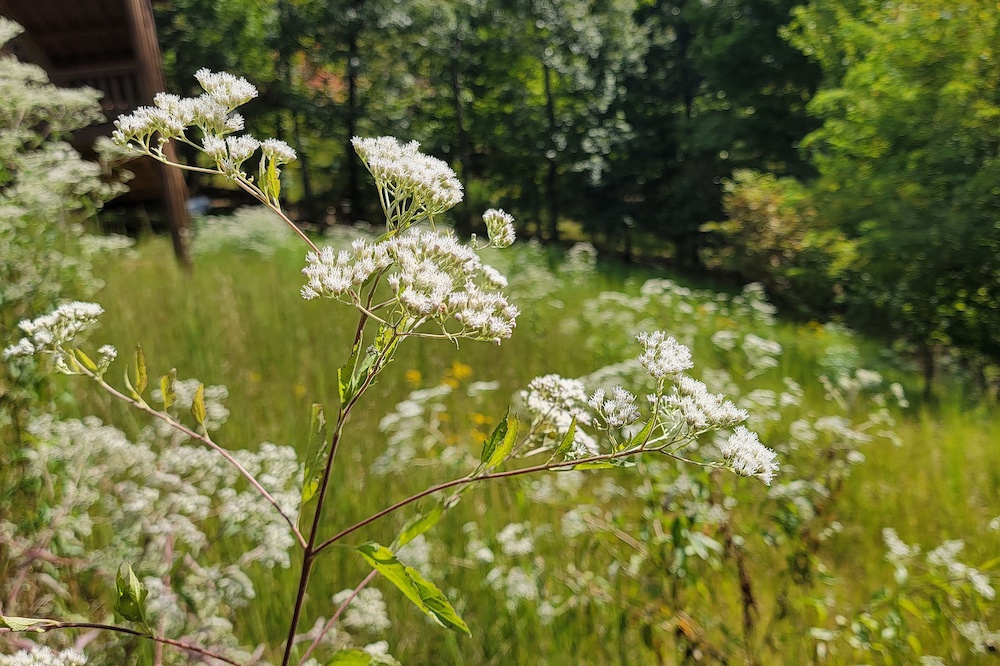If you have been working in your home landscape recently, you might be wondering, “Are we in a drought?” It certainly seems like we could be, especially after the temperatures climbed and precipitation dwindled over the course of May. And while there are significant areas of moderate drought in North and South Carolina, we only have a few reports of abnormally dry conditions around Chatham County.
But you might still be reaching for the watering can here in Georgia, considering recent hot and dry conditions over most of the state. And with World Environment Day coming up on June 5, home gardeners are considering what they can do to sustainably irrigate their plants and sustain soil moisture.
While it may be too late to redesign your garden for drought preparedness, there are some actions you can take now to help conserve water in your landscape and keep your plants hydrated. If you have to begin irrigating under our current conditions, you can do so with these water-wise methods and conservation practices.
- Add mulch where it is lacking to conserve any remaining soil moisture and keep competing weeds at bay. An accumulation of natural leaf mulch can help keep soil moist for a long time.
- Raise the lawn mower blade height in summer months. Longer grass protects soil moisture. Use a mulching mower, so that clippings fall between grass blades and protect soil moisture by acting like mulch. The lawn will need to be cut frequently enough to keep the clippings small.
- Practice deep watering that penetrates the soil to 6 inches and encourages deep root development. Deep root systems are more drought tolerant. Deep watering reduces evaporation, and moisture persists longer in the soil. This allows less frequent watering each week.
- Water your lawn and outdoor plants between 4 p.m. and 10 a.m. to reduce evaporation loss by avoiding the warmest and sunniest part of the day. They will survive with a few deep irrigation events per week in the morning or evening.
- Be careful not to overwater plants — it is wasteful and can hinder growth, leach nutrients past the roots, increase disease potential and create excess runoff pollution. If water runs off your yard onto the street from your irrigation system, split your watering times into two or more sessions and make sure sprinkler heads are pointed in the right direction while monitoring for leaks or broken nozzles.
Taking these actions will help your water resources go a little further in keeping your landscape healthy during warm and dry times. But to be prepared for the next potential drought, consider the following long-term landscape practices:
- Put the right plants in the right place by following planting suggestions for shade/sun, water needs and soil drainage. This will help prevent the need for excessive irrigation.
- Use drought-tolerant, biome-appropriate or native plants. They perform better in our local climate.
- Incorporate native trees and shrubs in your landscape. After establishment, they require less irrigation and are more drought resistant. They reduce soil moisture evaporation by shading the ground. Find some in UGA Cooperative Extension Bulletin 987, “Native Plants for Georgia Part I: Trees, Shrubs and Woody Vines.”
- Aerate lawns at least once a year. This improves percolation, decreases run-off and encourages turfgrass roots to grow deeply and become more drought tolerant.
- Add organic matter to sandy or clay soils to increase the infiltration and storage of water. Maintaining a good layer of mulch year after year will also provide healthy soil amendments.
- Avoid soil compaction from heavy equipment or vehicles that prevents rainwater infiltration and harms plant roots.
- Harvest rainwater for long-term storage with multiple rain barrels or large cisterns. UGA Extension Bulletin 1372, “Rainwater Harvesting for System Designers and Contractors,” provides technical information about rain barrel and cistern designs.
- Use drip irrigation for shrubs, vegetables, and flower beds. It reduces water evaporation by getting water straight to the roots.
Managing your garden landscape for drought preparedness with these practices will give you less to worry about the next time hot and dry conditions occur. It will also save you time and costs by reducing irrigation needs and maintenance, which means more time for relaxing and enjoying your lawn and gardens.









